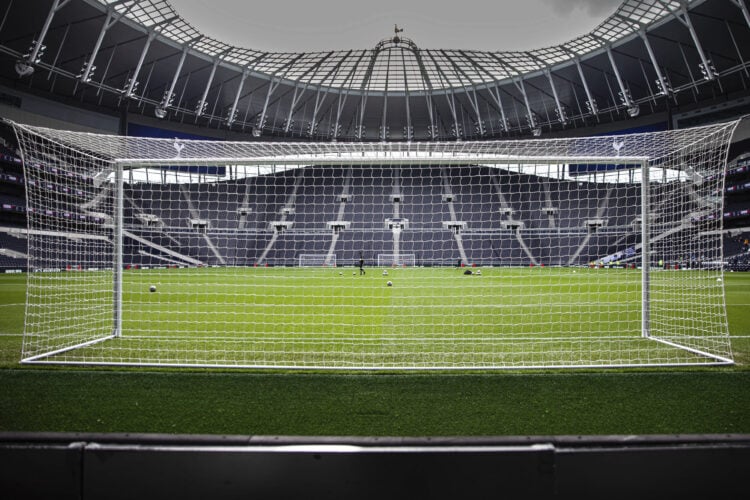Tottenham’s summer signing, Dominic Solanke, has drawn significant attention for his performances since arriving at N17. When the club decided to break its transfer record to secure the striker, many fans expressed skepticism.

Some questioned the move, suggesting Ivan Toney might have been a more suitable alternative. However, as the season progresses, Solanke has started proving his worth to the Lilywhites, showcasing qualities that extend beyond traditional goal-scoring metrics.
Solanke’s pressing ability and interplay outside the box have brought a new dimension to Tottenham’s attack. His contributions have included six goals across all competitions, four of which have come in the Premier League.
These numbers highlight his capability to adapt to the demanding nature of Tottenham’s tactical setup. Despite his early doubters, the former Bournemouth star has become a valuable asset for the team, displaying work rate and technical ability that align with Ange Postecoglou’s high-energy philosophy.

However, data from expected goals (xG) suggests an area of concern. According to recent statistics, Solanke ranks among the least effective players in the Premier League for chance conversion. With four league goals from an xG of 6.43, he has underperformed in terms of finishing opportunities.
This places him as the third-worst in this metric, with only Fulham’s Adama Traore and Manchester United’s Bruno Fernandes faring worse. While these figures may initially seem alarming, they warrant deeper analysis to understand the broader context of Solanke’s performances.
The xG model, widely used to evaluate attacking efficiency, relies on historical data that assesses the likelihood of a goal based on shot location. However, it overlooks critical factors such as the time available to take the shot, defensive pressure, and the presence of obstacles between the shooter and the goal.
These nuances often influence the quality of a chance, making xG an imperfect metric for judging a striker’s effectiveness. For Solanke, many of his chances have come under challenging circumstances, which the raw numbers fail to capture.
Tottenham’s attacking philosophy emphasizes creating high volumes of opportunities in and around the opposition box. This approach naturally inflates a player’s xG, especially for someone like Solanke, who consistently positions himself in goal-scoring areas.
While his underperformance relative to xG highlights room for improvement, it does not necessarily reflect wastefulness or poor decision-making.
A closer look at his early matches, where he missed several clear chances, suggests that much of this statistical deficit was accumulated during that period. Since then, Solanke has shown significant progress in finishing and adapting to the demands of Premier League football.
To further contextualize, Tottenham’s reliance on team-oriented play often means Solanke is tasked with more than just scoring. His pressing, link-up play, and ability to create space for teammates remain critical aspects of his role.
These intangible contributions are difficult to quantify but invaluable for a side competing at the highest level. While the xG numbers provide a snapshot of his finishing efficiency, they do not diminish the broader impact he has on Tottenham’s attacking fluidity.
In evaluating Solanke’s start to life at Tottenham, it becomes evident that numbers alone cannot tell the full story. His six goals so far reflect a player finding his feet in a new environment, while his pressing and creative interplay underscore his importance to the team’s overall strategy.
Although his xG underperformance points to potential areas for refinement, it also highlights the limitations of purely statistical evaluations. For Tottenham and their fans, the bigger picture involves recognizing Solanke’s evolving role and appreciating the multifaceted nature of his contributions.
By balancing tactical expectations with individual development, Solanke can continue to grow into the role Tottenham envisioned when they made him their marquee signing.
His journey serves as a reminder that football, like any other team sport, requires a blend of numbers, context, and perspective to truly evaluate performance. For now, the striker’s trajectory suggests he remains a vital piece in Tottenham’s quest for success this season.
Read also: ‘Never a good sign – Tottenham player to be ruled out for weeks with major hamstring injury
Read also: Exclusive: Player wants out in January, Tottenham to begin negotiations
Read also: Paul Robinson applaud Daniel Levy for agreeing incredible player deal

